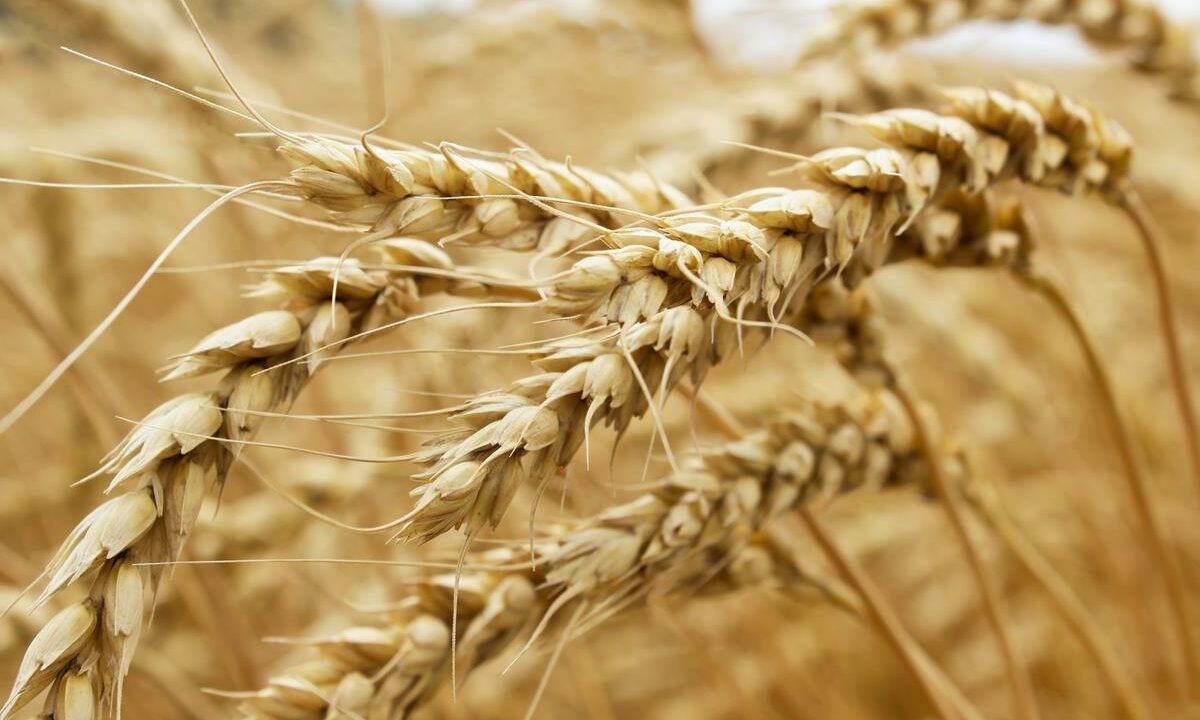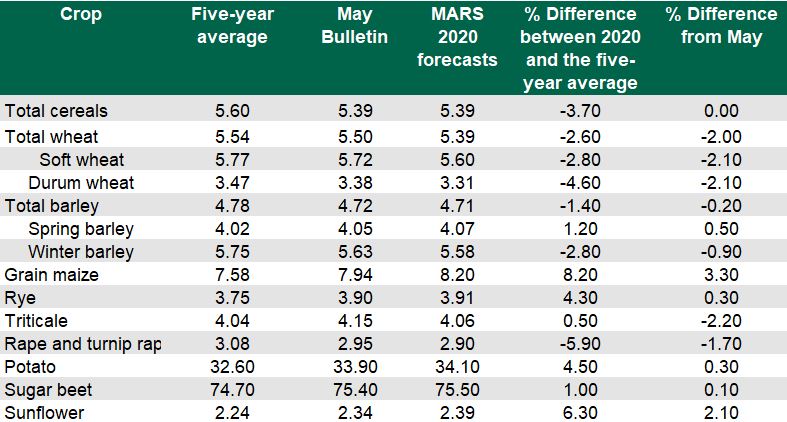EU winter cereal and rapeseed yields were revised downwards by approximately 2% in this month’s crop monitoring report published by the European Commission. The MARS Bulletin was published on June 15 and takes in data from May 1 to June 10.
The expected decrease in yield is due to yield revisions in France, Romania and the Benelux countries. This brings the yield outlook for winter cereals below the five-year average.
The MARS Bulletin showed that a rain deficit occurred in large areas of north-western Europe, as well as in Hungary and eastern Romania at a crucial time for reaching yield potential.
The review period for this report took place from May 1 to June 10 and winter crops were hit with a moisture deficit at flowering and grain filling or both, depending on the crop and region.
Spring crops
Spring crops were affected by the soil moisture deficit in many areas as well and the effects of this moisture deficit can be seen in many spring crops across Ireland.
However, yields of grain maize and sunflowers have been revised upwards due to favourable conditions for these crops in Romania, Hungary, Bulgaria and Spain.
In fact, grain maize yield is forecast to increase by 8.2% in 2020 compared to the five-year average.
Looking at spring barley and the yield has been revised up. This is mainly due to an expected increase in yield in Spain. This increase has outweighed an expected decline in yield in France, Poland, Germany and a number of other countries.
Yield data
The table below shows the yield (t/ha) forecast from the MARS Bulletin, as well as the five-year average and the forecast yield from the May publication of the MARS Bulletin.
According to the data, barley, wheat and rapeseed yields are forecast down when compared to the five-year average.
Potato yields and sugar beet yields are forecast up, along with grain maize and sunflowers mentioned above.

